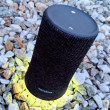Review: ZTE Blade Z Max for MetroPCS
Lock Screen
The Blade Z Max has a simple, standard Android lock screen experience. It includes the most basic version of an always-on display. If you choose to enable it, the always-on lock screen will briefly flash incoming notifications on the black display.
Press the home or lock button to wake the display and see the clock and notifications. The lock screen provides an absolutely huge clock near the top of the display, but the font is too thin, which hurts readability on light-colored wallpapers. Notifications are broken down by app and listed in chronological order underneath the time/date. As always, you can adjust the privacy of notifications.
I found the fingerprint reader was fast and accurate for unlocking the phone. Training several fingerprints takes only a few moments.
The fingerprint reader doubles as a shortcut button. For example, you can use it to take photos or answer calls. These options are buried in the security menu and only become visible in the settings after you've recorded your first fingerprint.
Home Screen
The Blade Z Max runs Android 7 Nougat with minimal tweaks from ZTE.
The home screen panels behave just like any other Android handset. The only difference is that ZTE has some of its own icons that look a bit cartoonish. Feel free to change up your home screens with wallpapers, app shortcuts, and widgets to suit your preference. MetroPCS did besot them with branded apps and widgets. Barf.
The app drawer, settings menu, and Quick Settings shade all rely on the stock Android experience.
The capacitive keys below the screen are back, home, multitask, but you can swap back and multitask if you're used to the Samsung layout. I like that you can adjust the font and icon sizes, which lets you fit more content on the huge screen if you wish.
The phone does not include ZTE's Mi-Pop homescreen tool.
The Blade Z Max has a Snapdragon 435 processor under the hood. This chip falls in the bottom half of Qualcomm's mid-range processors, but it's a newer design. This 1.4 GHz octa-core engine with 2 GB of RAM does a fine job keeping the Blade Z Max running. Performance was quick most of the time. The phone never felt sluggish or like it was running out of steam. The Snapdragon 435 gives the Blade Z Max plenty of power.
Camera
The Blade Z Max is one of the least-expensive handsets to adopt a dual-camera configuration. Employing two cameras opens up a number of creative possibilities on the Blade Z Max.
The quickest way to open the camera is to rapidly press the lock button twice. The app opens in a blink.
The Blade Z Max has seven shooting modes: auto, video, dual, manual, panorama, time-lapse, and multi-exposure. Other than the "dual" mode, we've seen all these on previous ZTE smartphones.
Shooting in dual mode gives you three options: portrait, bokeh, and monocolor. The portrait and bokeh modes are hardly different at all. With portrait mode, the Blade Z Max directs you to place your subject (a person) within 6.5 feet of the camera. It then combines the data from the two lenses to create a sharp image of the person with a blurred background. Bokeh produces similar results, but is designed for macro shots. (The software directs you to place the subject as close as 1 foot.) I was pleased with the results.
The monocolor tool is really neat. You can take true black-and-white images, or combine B&W images with pops of color. For example, you can choose to highlight anything that is red. The image will be mostly B&W save for anything that's actually red, which will pop visually. You can also opt for green and blue.
The manual mode is great for people who want to take a little more control. It allows you to adjust white balance, ISO, exposure, time-lapse intervals, and focus. The manual mode includes a tool to help ensure the shot is level.
The multi-exposure mode lets you take two pictures and overlay them in a handful of different ways to create a single image. This mode takes practice in order to get good results. (This feature has appeared on ZTE phones consistently over the last year.)
The settings menu is a straightforward set of screens that's really easy to use.
The selfie camera includes an adjustable beautification tool that reduces blemishes and wrinkles. You can also set it to snap a photo automatically when you smile.
The Blade Z Max's camera is relatively straight-forward to use. Most people will figure it out in a snap.
Photos/Video
The main camera has a 16-megapixel color sensor, while the second sensor is 2-megapixel and monochrome. The second sensor also helps contribute depth and contrast information when creating bokeh and portrait shots.
If we forget about the secondary camera for a moment, the Blade Z Max does a fine job. The main sensor manages to capture sharp images with proper color and exposure most of the time. If anything, it struggled with exposure on occasion. You can see some under- and over-exposed shots in the samples below. I'm glad that focus and white balance are on target.
The dual camera produces mixed results. You can see below how it creates odd outlines in both bokeh and portrait modes. Some phones are able to handle this better than others. The bokeh/portrait results are mixed at best. You'll succeed most often when you have clear, well-defined subjects and backgrounds. I like the monochrome mode mostly because it offers something relatively unique.
The 8-megapixel selfie camera does a respectable job. It takes properly exposed photos with good color, though focus was sometimes soft. I also saw a bit more grain than I care for in low-light shots. The screen-based selfie flash doesn't do a darned thing to help unless you're basically shooting in the dark.
Full HD is the highest resolution video you can capture with the Blade Z Max. It looks good, for the most part, and only suffers in dark shooting environments.
I think the Blade Z Max will be a good-enough phone for most people when it comes to everyday photo and video taking, but I'd jump to something better for vacations and/or important events.


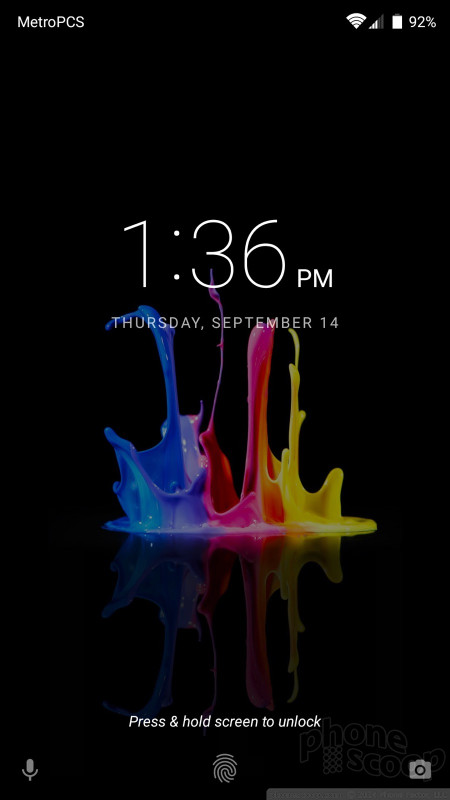





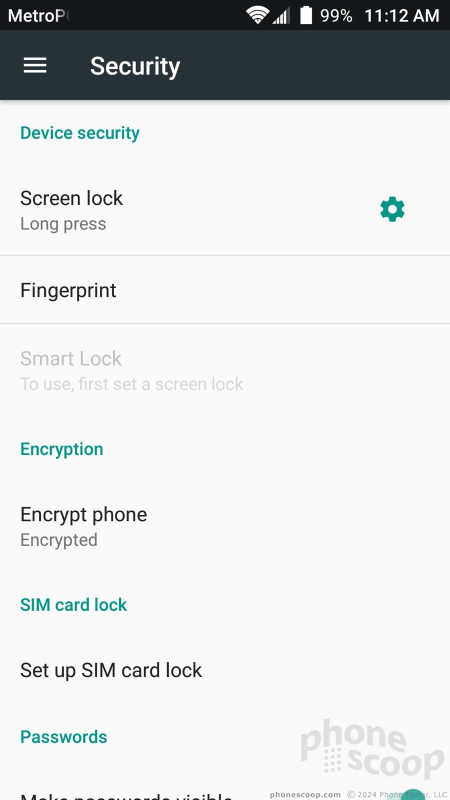















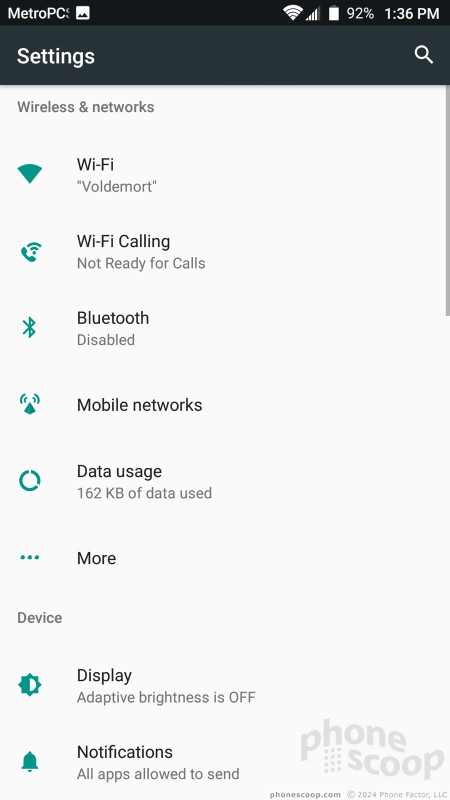







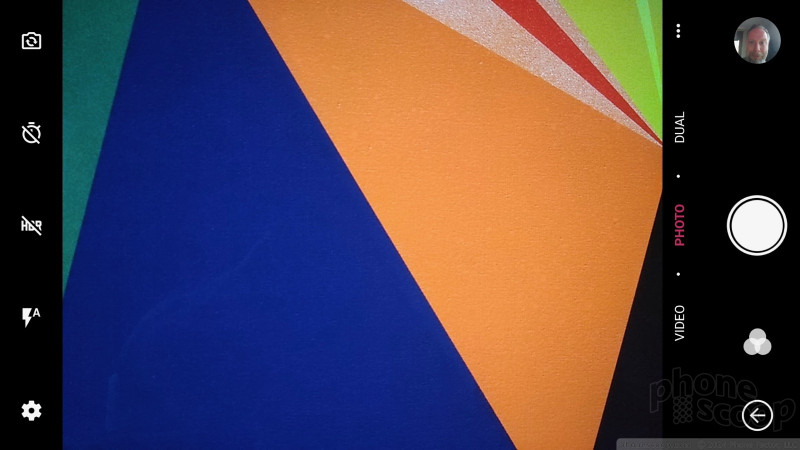





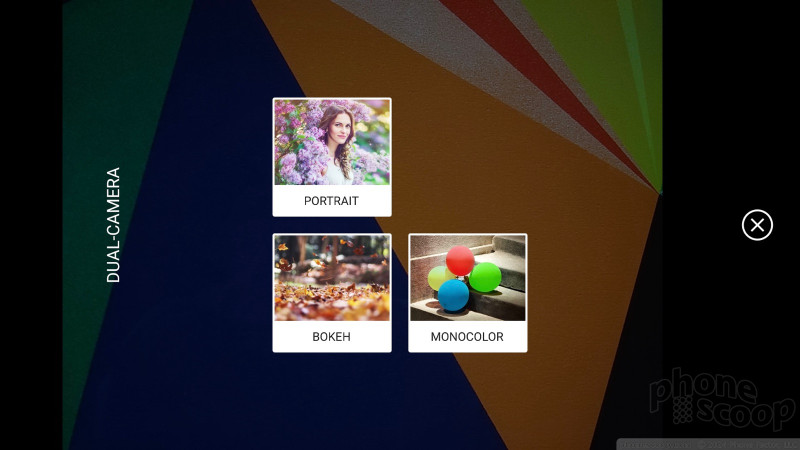











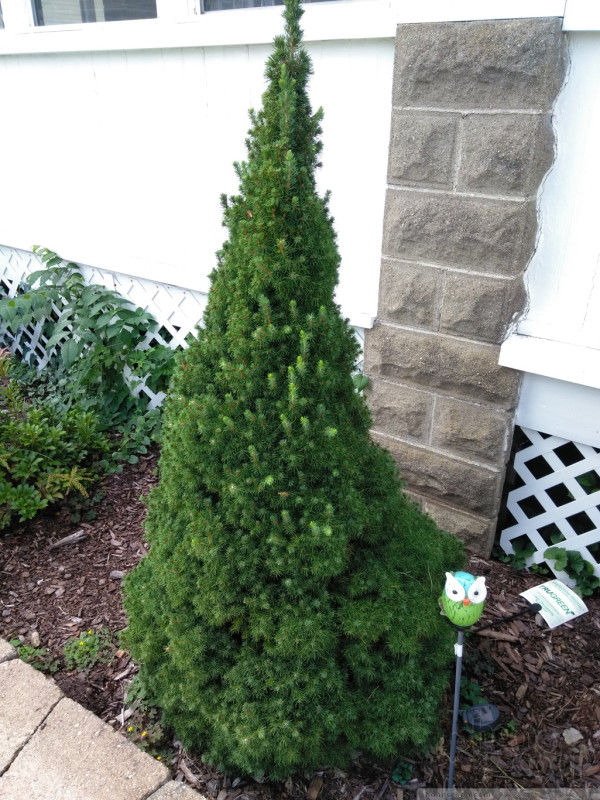












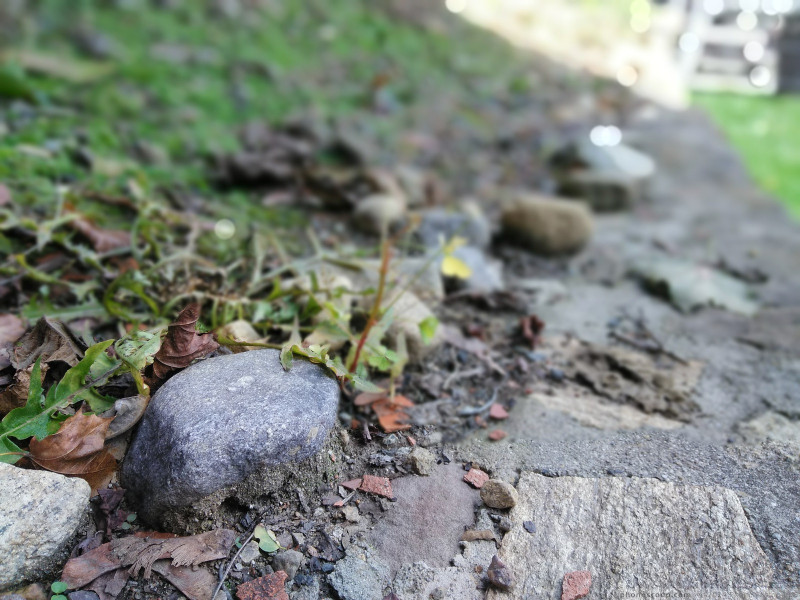





 Top Five Budget Handsets of 2017
Top Five Budget Handsets of 2017
 Holiday Gift Guide 2017
Holiday Gift Guide 2017
 Hands On with the ZTE Blade Z Max
Hands On with the ZTE Blade Z Max
 ZTE Blade Z Max Brings 6-Inch Display to MetroPCS for $129
ZTE Blade Z Max Brings 6-Inch Display to MetroPCS for $129
 iPhone 15 Series Goes All-In on USB-C and Dynamic Island
iPhone 15 Series Goes All-In on USB-C and Dynamic Island
 ZTE Blade Z Max
ZTE Blade Z Max



